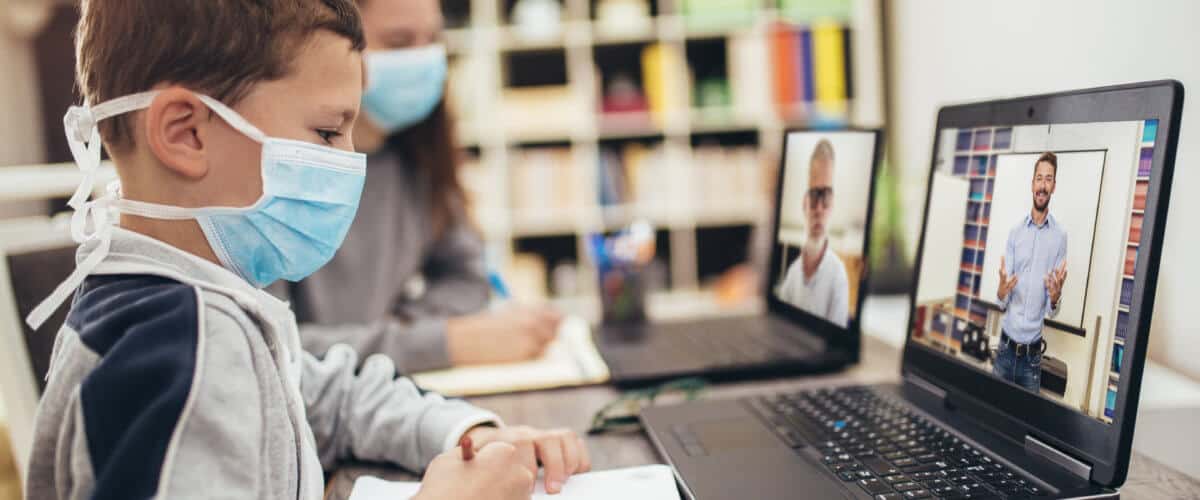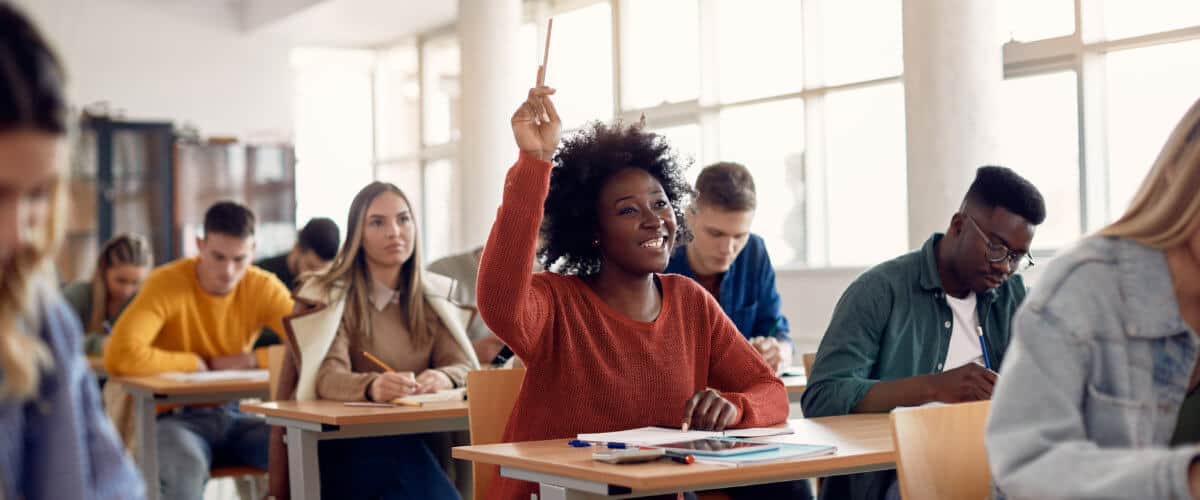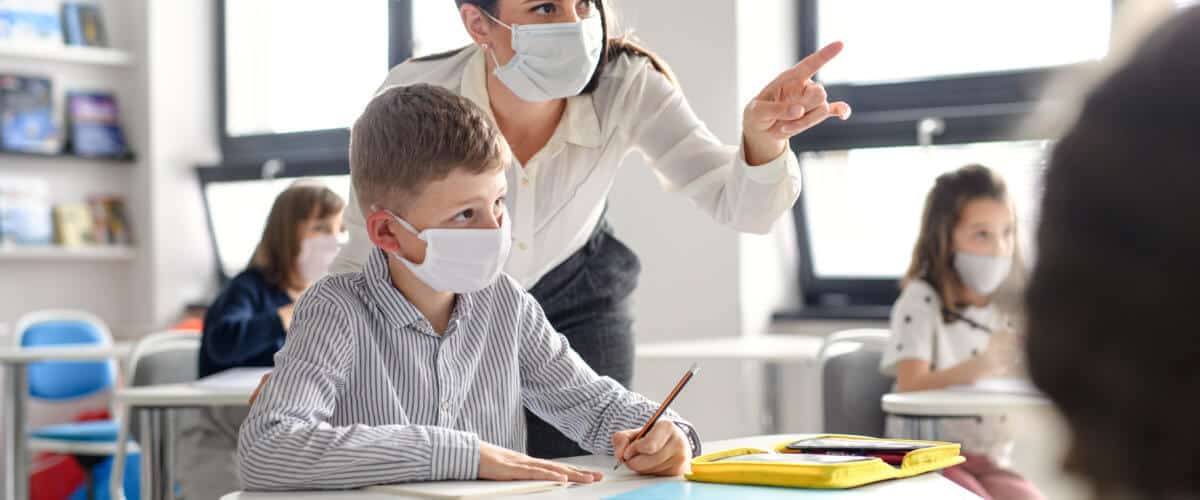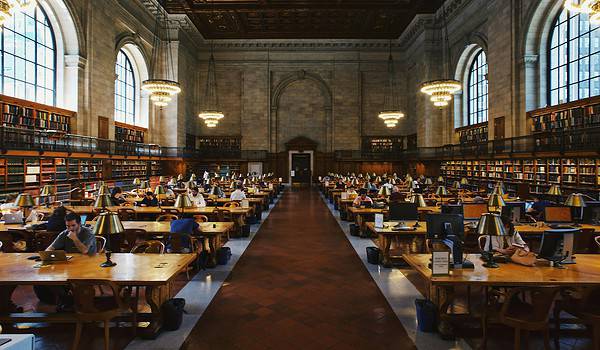From a few months to a couple of years, schools over the world have been closed during the lockdown. Most of them have reopened their doors, and with them, new lessons about educational systems have emerged. Let’s explore some of these lessons and how we can adapt to this new back-to-school process!
Despite all the edges of the crisis emerging during the lockdown, the educational crisis had meaningful impacts on students’ learning outcomes, especially on those from marginalized communities, but also a deepening of social disparities that were already present before the pandemic. For instance, the chances of marginalized children and teenagers returning to schools decreased when the schools were closed. Additionally, being out of school for long periods increases the risk of teenage pregnancy, sexual exploitation, and other forms of violence.
Also, isolation brings important effects on the mental health of childhood and youth. At a young age, social interaction is key to learning how to build healthy relations with peers through the different services that the school offers, such as recreational breaks or school feeding, leading to stress and anxiety due to the loss of this human interaction. These harmful effects are significantly higher for children and teenagers from marginalized communities, such as displaced communities, and children living with disabilities.
Fortunately, most countries have been reopening their schools progressively. According to UNESCO’s official data, by the end of February 2022, there were still six countries with nationwide restrictions to reopen their schools; 42 countries with progressive reopening processes, and most of the rest have already fully reopened their schools to at least 80% of their academic offer. This is why there are some interesting learning insights that this reopening of schools has left to our society.
In an attempt to summarize some reflections based on reports and news during the reopening of schools, here are some insightful lessons learned that are worthy to keep in mind for educational systems after months of closure.
Redefining Safety at Schools

As COVID-19 variants are still spreading, biosafety became a new concern for schools. However, it is not the only important kind of safety to be prioritized. Other previously existing challenges such as bullying, physical, sexual and verbal violence must not be ignored now after the reopening of schools. To ensure that schools are integrally safe, school policies must also consider physical and psychological safety. In order to make sure that schools are safe places, it is necessary that educators, principals, parents, and students work together towards respectful and harmonic interaction allowing each of them to develop holistically as a person.
More Co-Creation, Less Unilateral Instructions

With the first virus outbreak, an overall sensation of uncertainty came to the whole society. And schools were not the exception. An immense lesson learned after this was that it is not always possible to have immediate answers to everything. Therefore, a culture of co-creation between school principals, educators, students, and parents can help analyze and make better decisions. School policies must be evidence-based and respond to rigorous research and objectiveness. But it does not mean that the key stakeholders of a school must be ignored. Instead, decision-making in education can also be informed by their different perspectives. This must also include the way in which a school aims to reach their less-privileged students during a lockdown without exacerbating the workload of educators.
Barriers to Access Education Must Be a Genuine Concern

As a link to the previous point, barriers to access can be physical or methodological and can vary from individual to group. And these barriers were maximized. Thus, it is important to be aware of these barriers and adapt the curriculum and lessons to overcome them. The biggest one is related to access to connectivity: students with more technological facilities attended more of their lessons, but marginalized students did not have that opportunity, and many of them were out of the school system. Tackling this requires contextualized plans for their reinsertion. It would be a mistake to overwhelm students with the topics they did not learn. Instead, schools must prioritize these topics and engage them in learning according to their needs and individual differences.
Supporting Teachers with Learning Communities and Constant Training

Cultivating teachers’ knowledge and capacities is key to ensuring that they feel motivated, cared for, and prepared for a new educational system after schools start reopening. Most of them became educators driven by the passion to share wisdom and charisma with children and youth. However, important factors such as heavy workload and a feeling undervalued and undersupported lead to a decrease in their motivation. If teachers are not motivated, it will be very difficult to engage them in contextualized solutions to reach their left-behind students or in innovating in their classrooms. More than just merely forcing them to take training sessions, a culture of revaluing teaching professions is needed.
To end this article, it is important to reflect on what this school closure has taught our society so that new education improvements can take place. The pandemic was an extraordinary challenge that took the world by surprise, and it will probably not be the last one. Moving the same previous system towards an online format only brought an increase in disparities and inequity. Extraordinary challenges need extraordinary responses, and to be prepared for that in the future, some deeply rooted transformations are needed within each school system. The positive news is — reopening schools is an opportunity to co-create a new way to learn and teach for life.
Photo: Ilija Erceg/Shutterstock
You might also like:
Impressive Fellowships for Entrepreneurs That You Cannot Miss
Support us!
All your donations will be used to pay the magazine’s journalists and to support the ongoing costs of maintaining the site.
Share this post
Interested in co-operating with us?
We are open to co-operation from writers and businesses alike. You can reach us on our email at cooperations@youthtimemag.com/magazine@youthtimemag.com and we will get back to you as quick as we can.










